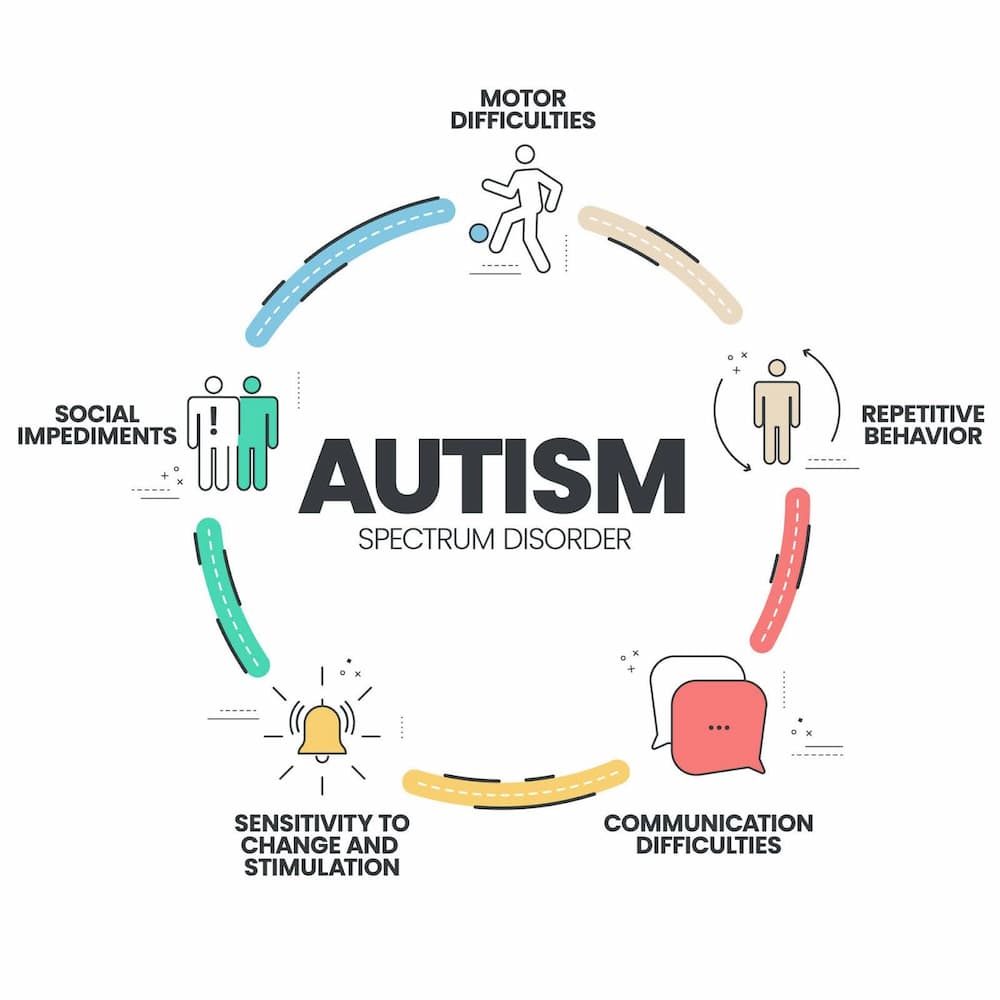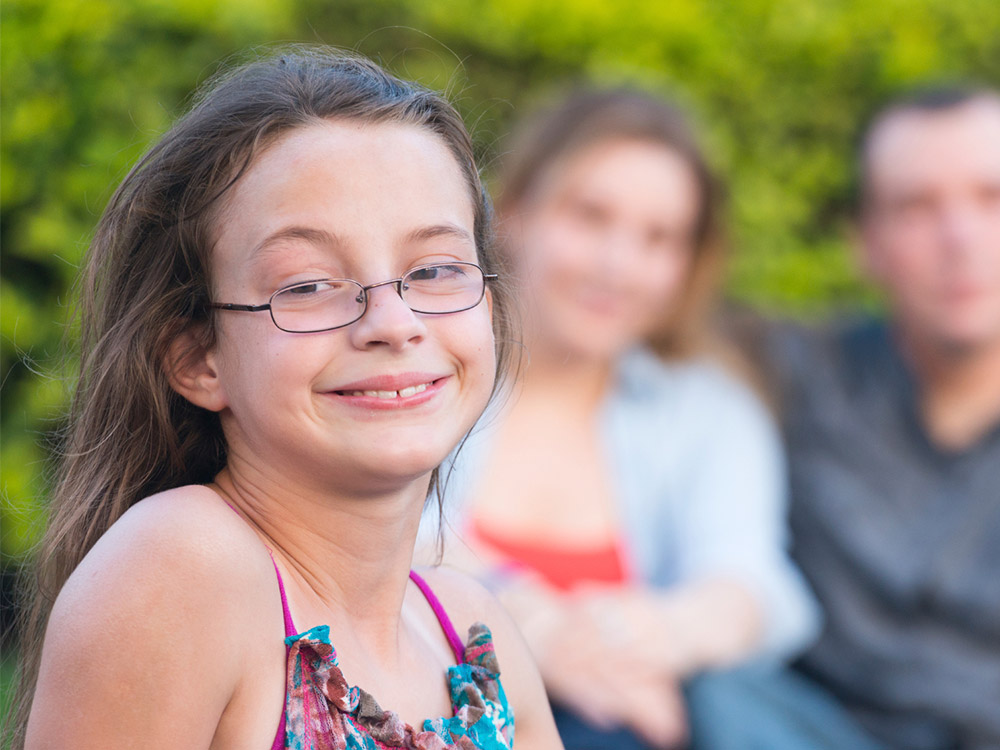Comprehending Autism: A Comprehensive Overview to Symptoms and indications
Autism Spectrum Problem (ASD) encompasses a variety of characteristics that can dramatically impact a person's social communications and daily functioning. Identifying the symptoms and signs, such as challenges with eye call, social communication difficulties, and sensory level of sensitivities, is essential for very early intervention. Comprehending these subtleties not only aids caretakers and instructors in offering suitable assistance but likewise cultivates a more inclusive atmosphere for people with ASD. As we explore the complexities of autism, it ends up being important to think about just how these signs show up differently throughout the range and what effects they hold for reliable treatment techniques.
Introduction of Autism Range Condition
Specifying Autism Range Condition (ASD) entails identifying it as an intricate neurodevelopmental problem identified by an array of obstacles in social communication, interaction, and behavioral patterns. The term "spectrum" reflects the wide variability in symptoms and their severity, which can vary dramatically from one person to an additional. ASD normally materializes in early childhood, although some individuals might not obtain a medical diagnosis up until later in life.
Factors affecting the growth of ASD include environmental aspects and genetic proneness, although the specific causes remain under examination. Diagnosis frequently relies upon behavior analyses, as there are no conclusive medical examinations for ASD. Early intervention is essential and can significantly boost results, concentrating on improving communication abilities, social interactions, and adaptive habits.
Individuals with ASD might also show special strengths, such as exceptional interest to detail or certain areas of knowledge. Recognizing the diverse nature of ASD is essential for promoting an inclusive atmosphere that suits neurodiversity. Continued study is important for developing efficient treatments and support systems, allowing people with ASD to flourish and accomplish their potential within culture.
Usual Signs of Autism
Acknowledging the common indications of Autism Range Disorder (ASD) is essential for early identification and treatment. These indicators can vary commonly in extent and presentation, but specific characteristics are frequently observed in people with ASD.
One of the most widespread indicators is a significant trouble in preserving and developing eye call. People might likewise display restricted interest in social interactions and show a preference for singular play.
Sensory level of sensitivities are also usual; people might panic or underreact to sensory stimuli, such as sounds, appearances, or lights. autism. Language development can be atypical, with some youngsters showing postponed speech or utilizing language in uncommon methods, including echolalia-- repeating expressions or sentences heard elsewhere
It is important to note that not every person with ASD will certainly show all these indicators, and the degree of these behaviors can vary significantly. Early acknowledgment enables timely assistance and resources, enhancing the lifestyle for web those on the range.
Social Interaction Obstacles
Social interaction challenges are a characteristic of Autism Spectrum Disorder (ASD), influencing an individual's capacity to engage successfully with others. These troubles can manifest in numerous ways, consisting of difficulties in launching and preserving conversations, understanding social cues, and reacting suitably in social interactions.
Individuals with ASD might deal with nonverbal communication, such as eye get in touch with, facial expressions, and body language. This can lead to misunderstandings, as their communicative intent might not be appropriately translated by others. Furthermore, they might find it tough to grasp the subtleties of tone and context, which are important for efficient interaction.
In team settings, individuals with ASD might really feel overwhelmed and might not know exactly how to sign up with in discussions (autism). They might likewise show irregular conversational patterns, such as monologuing about particular passions without identifying social reciprocity
Furthermore, these obstacles can result in social isolation or problems in creating partnerships, as peers may misinterpret their habits or communication design. Recognizing these social interaction difficulties is critical for cultivating supportive environments that promote social skills advancement and improve the high quality of communications for people on the autism range.
Sensory Actions and level of sensitivities
Lots of people with Autism Range Condition (ASD) experience increased sensory level of sensitivities that can substantially affect their day-to-days live. These level of sensitivities may manifest as over-responsiveness or under-responsiveness to sensory stimulations, consisting of audios, lights, appearances, preferences, and scents. An individual with ASD may find day-to-day sounds, such as a vacuum cleaner or crowded environments, extremely distressing, leading to stress and anxiety or crises. Conversely, some might show an indifference to discomfort or extreme temperature levels, which can posture safety issues.
Sensory processing distinctions in individuals with ASD can additionally impact their capability to engage in routine tasks and social interactions. As an example, a child that is sensitive to touch might resist physical love or prevent certain garments fabrics. Alternatively, a choice for certain structures or preferences can limit dietary alternatives and create difficulties throughout nourishments.
Comprehending these sensory level of sensitivities is essential for acknowledging the special experiences of people with ASD. Recognition of their sensory accounts can foster better communication and support techniques, producing an atmosphere that accommodates their link demands and enhances their lifestyle. Inevitably, recognizing sensory level of sensitivities is a vital element of comprehending the wider spectrum of autism.

Supporting Individuals With Autism
Efficient assistance for individuals with Autism Spectrum Condition (ASD) is crucial for improving their general health and fostering independence. Support strategies must be customized to fulfill the unique needs of each individual, considering their staminas and obstacles.

Social skills training can likewise play an essential duty. autism. Involving people in team tasks or role-playing scenarios can enhance their capacity to browse social communications. Additionally, it is important to inform member of the family, caregivers, and peers regarding ASD to cultivate a comprehensive and encouraging area
Verdict
By promoting improved interaction and social abilities, individuals with autism can browse their environments more efficiently. Eventually, increased recognition and support can significantly boost the quality of life for those influenced by ASD.
Autism Spectrum Disorder (ASD) includes a broad array of attributes that can significantly influence an individual's social communications and everyday performance.Individuals with ASD might struggle with nonverbal interaction, such as eye contact, face expressions, and body language.Numerous people with Autism Spectrum Condition (ASD) experience heightened sensory level of sensitivities that can significantly affect go to this web-site their day-to-day lives.Sensory processing differences in individuals with ASD can additionally affect their capability to involve in social interactions and regular tasks.Understanding these sensory level of sensitivities is essential for recognizing the special experiences of people with ASD.